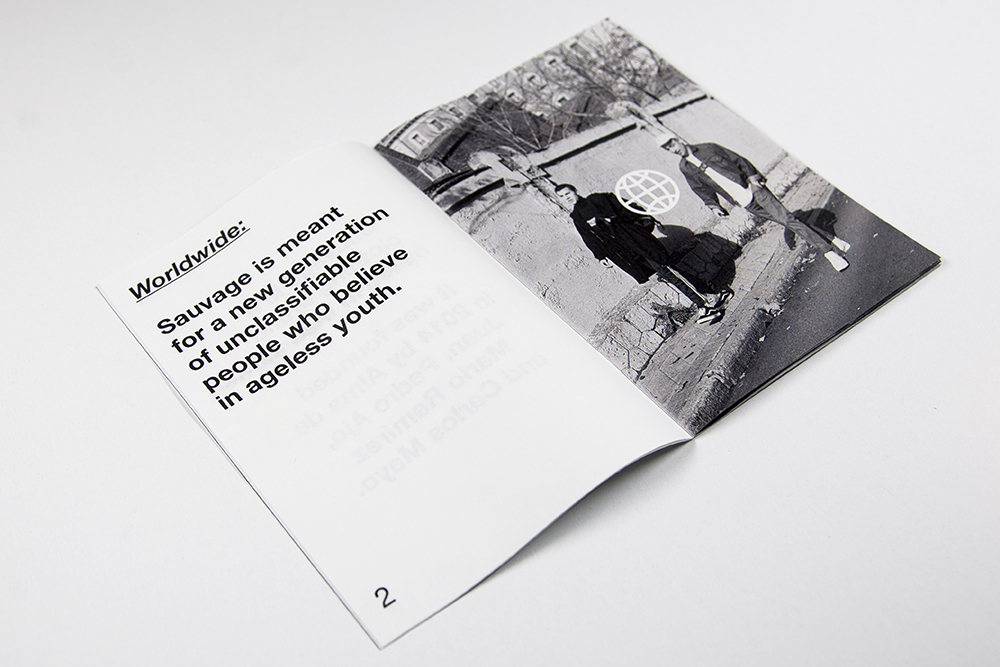
Pedro Ajo
Meet the Spanish designer creating for the post-internet world
After a roaring IAM Weekend 16, we decided that there would be no better way to celebrate this year’s gathering than to feature Pedro Ajo, IAM’s 22 year old graphic designer, as this week’s Talent. His ethos revolves around the idea that a designer’s main tool “is not a computer but [their] brain”, resulting in work that evidences extraordinary conceptual development alongside consistently intriguing visuals.
This concept-driven approach is born out of a process featuring minimal sketching and drawing in favour of diagrams, lists and conceptuals maps. Pedro told us that he tends to approach things quite scientifically, and this process rigorously organises the ideas behind a concept and allows for the development of an accompanying, relevant aesthetic. Most importantly, this celebrates the idea of a designer as a content creator, not just as someone who “gives shape to other people’s ideas”.
One of our favourite pieces of personal work is Pedro’s research project into the aesthetics of error in the digital era, a jarring yet inviting look at glitch art, VHS aesthetics and everything in between. These post-internet focal points crop up again in the visual identity Pedro created for the IAM Weekend 16, which embraced the imperfect, human side of the Internet, and in the Aperio Films-shot video he produced in IAM’s trademark style for (random) co:jams, a collaboration between IAM and Tate to prototype the futures of the museum.
Consequently, it’s no wonder that he’s currently reading Omar Kholeif’s You Are Here: Art After the Internet, and cites Zygmunt Bauman’s Liquid Modernity as “probably the theoretical work that has influenced [him] most”. Common to both books is an investigation into the structural relationship between humans and modern society, and Pedro’s explorations into the art that arises out of this relationship are both inventive and ingenious.
Building on his already prolific portfolio, Pedro will soon be relaunching a clothing brand he created with some friends, Sauvage Worldwide, and is also working on “an experimental project about creating propaganda for companies that don’t exist … aiming to reflect on the democratisation of graphic design”. As the lines are increasingly blurred between online and offline, the real and the unreal, it seems only fitting that Pedro continues to embrace this ambiguity and see what serendipitous things come of it.
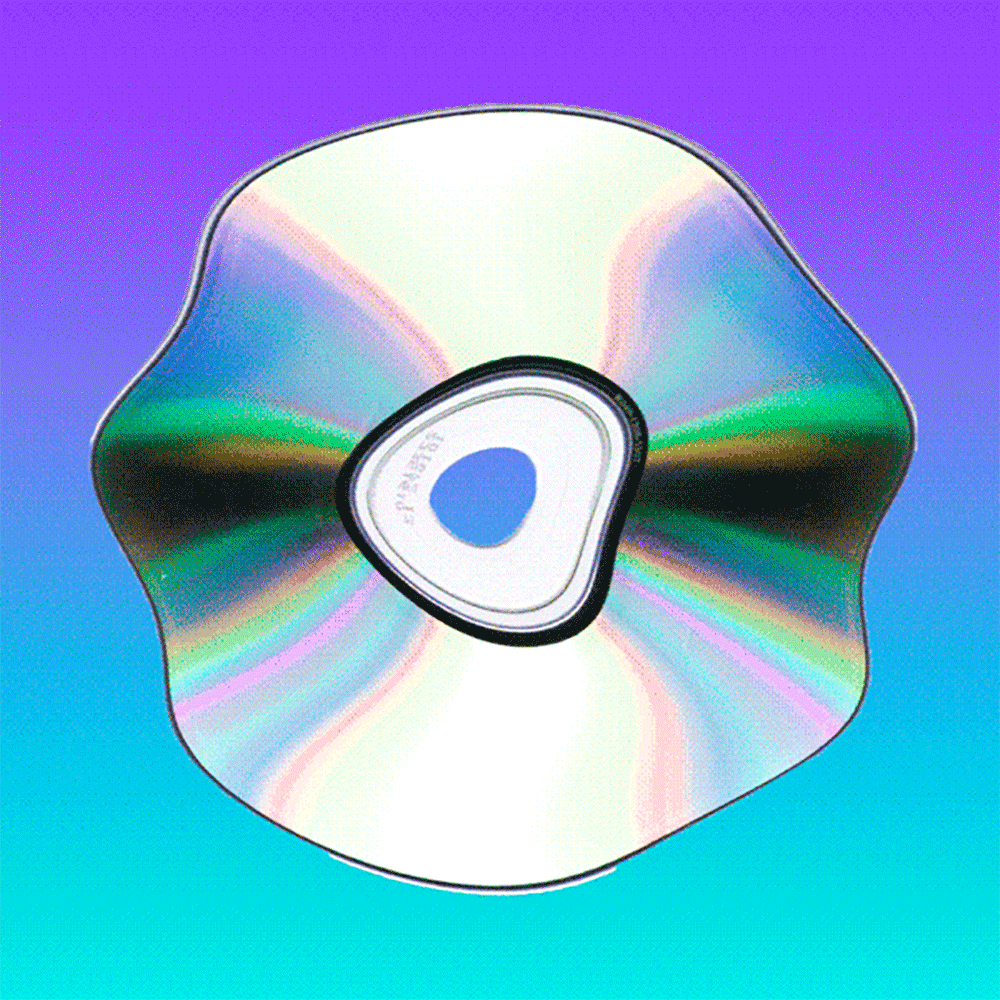
Aesthetics Experiment
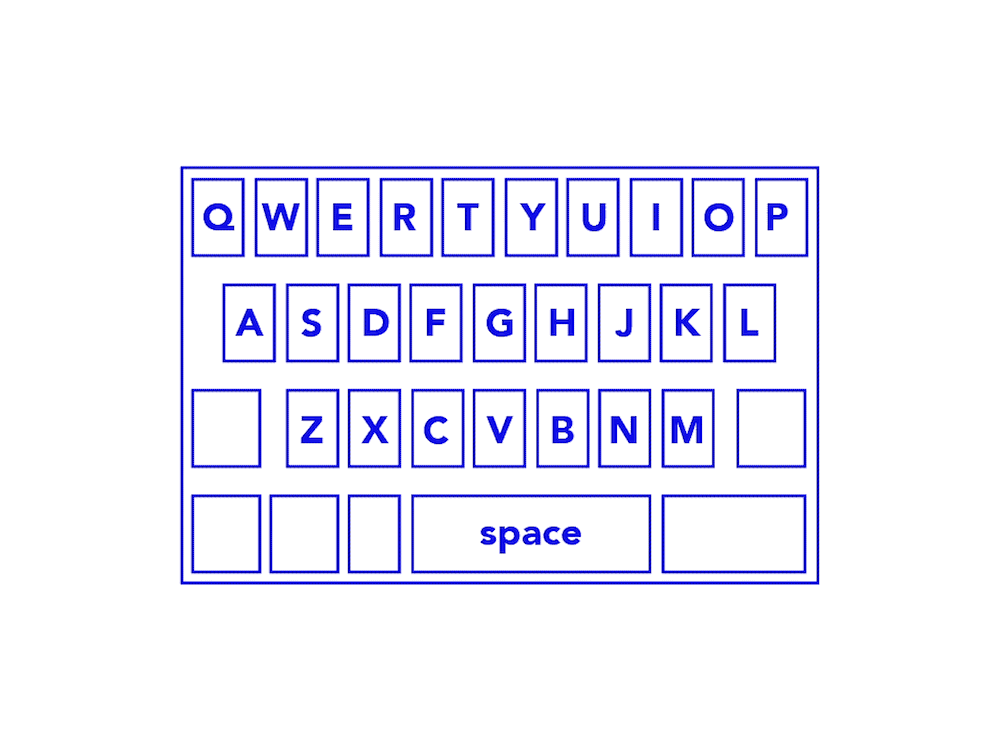
For Internet Age Media
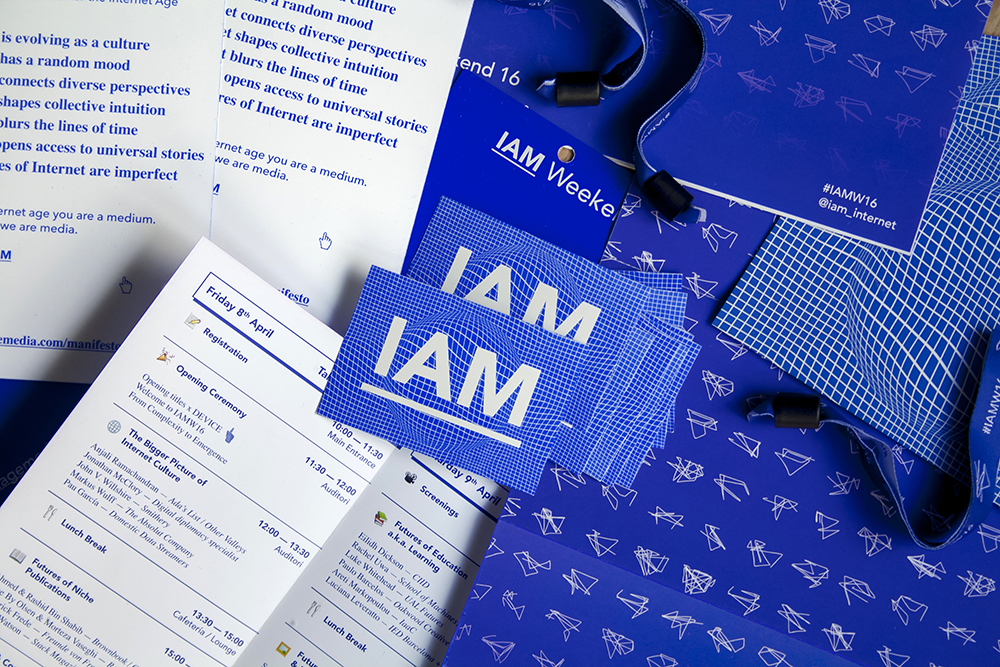
For Internet Age Media
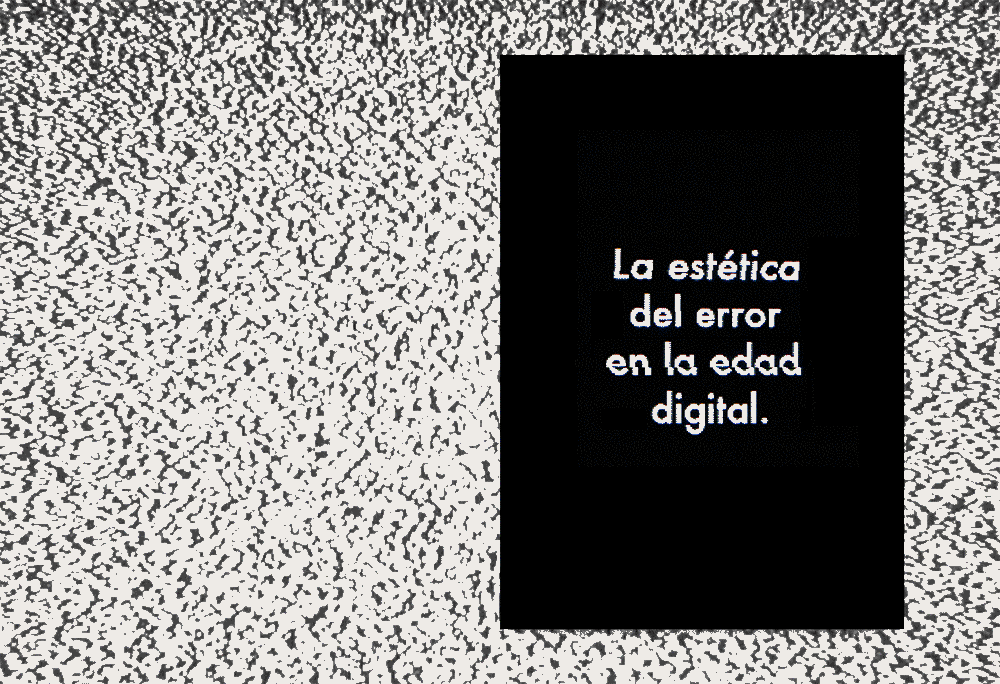
Research Project
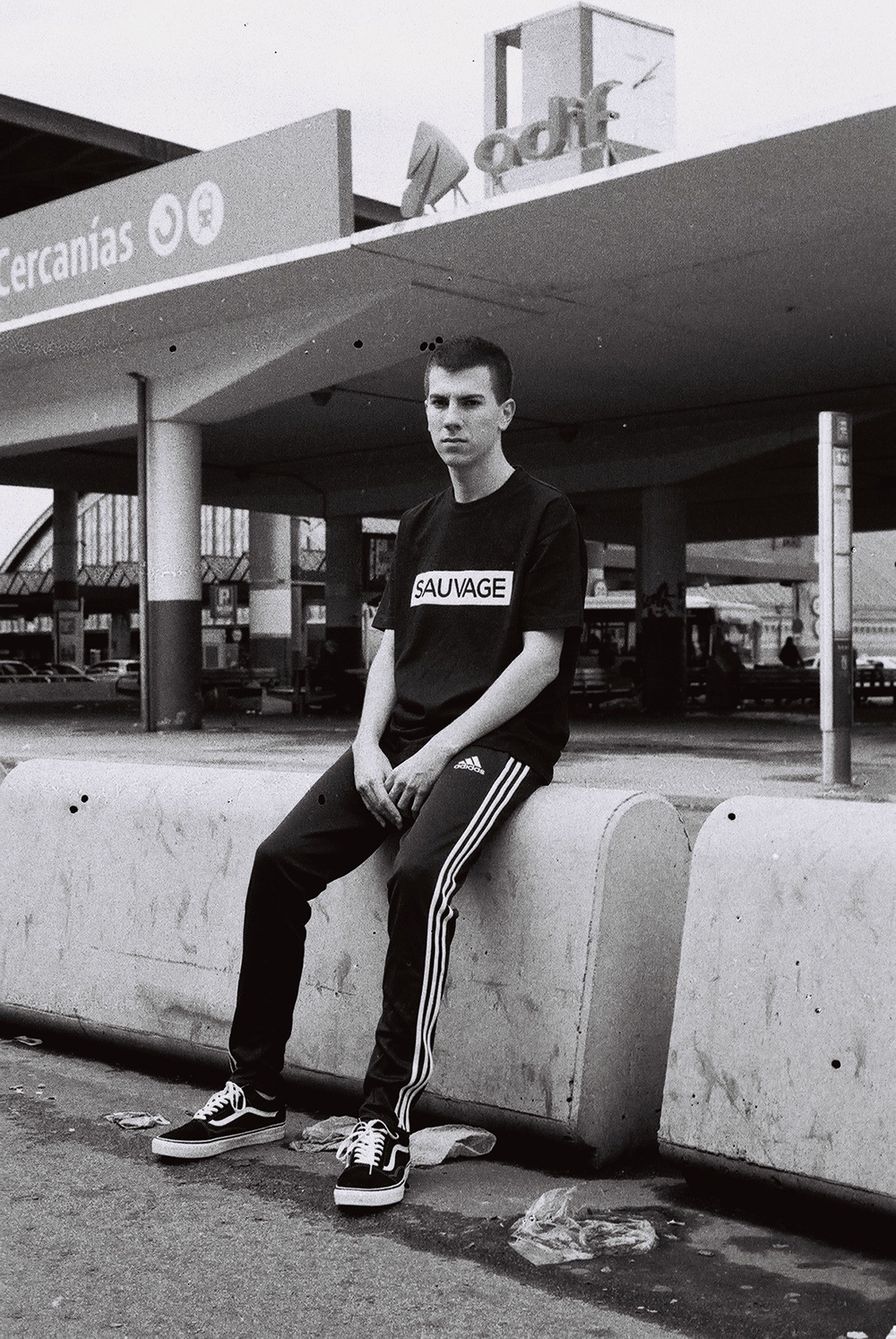
Sauvage Worldwide
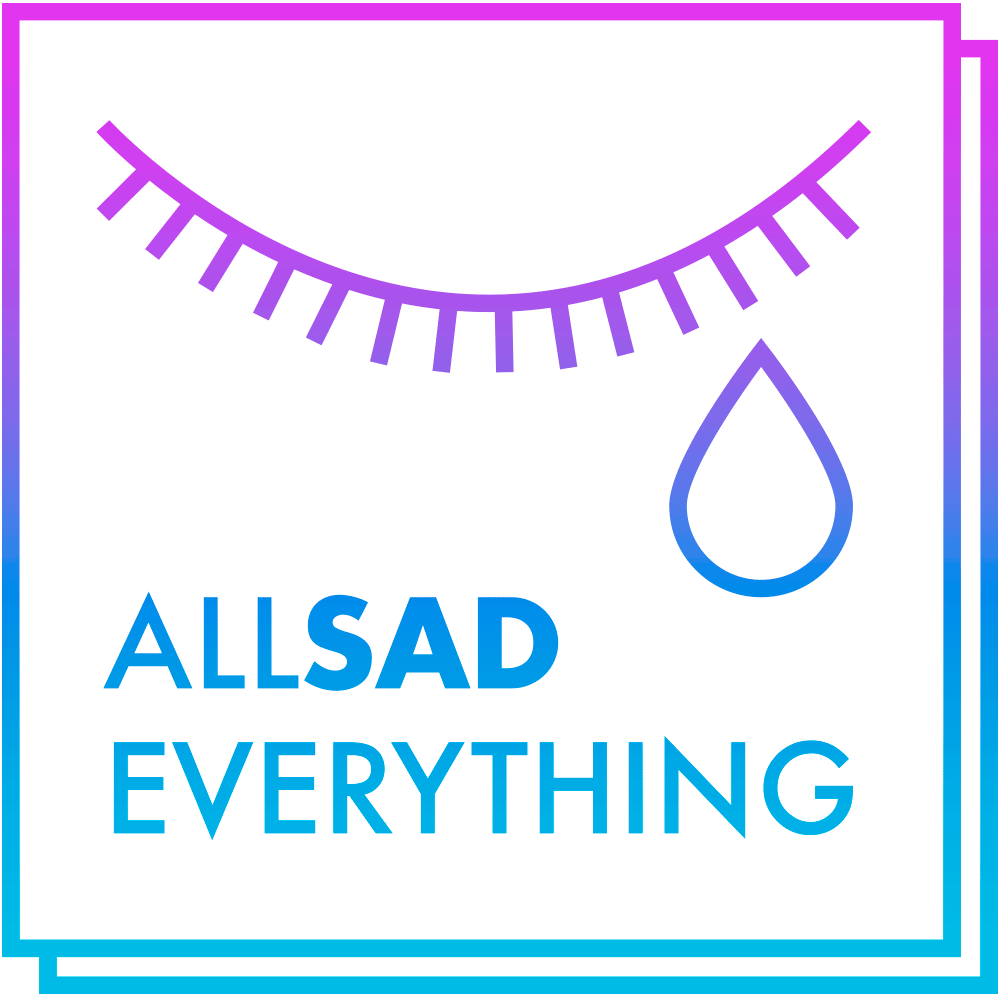
Aesthetics Experiment

For Internet Age Media








